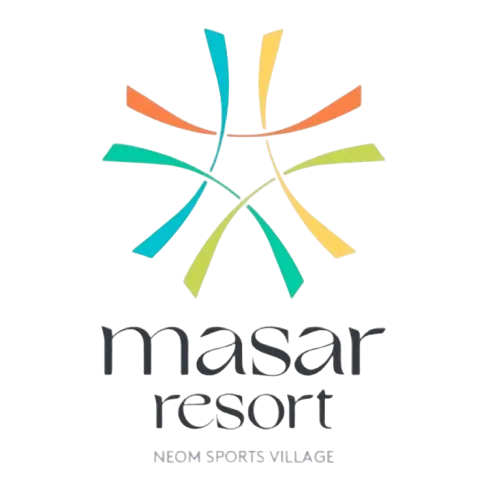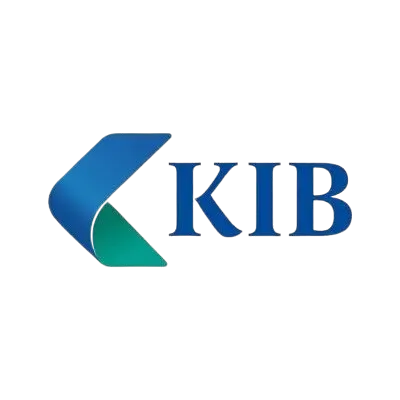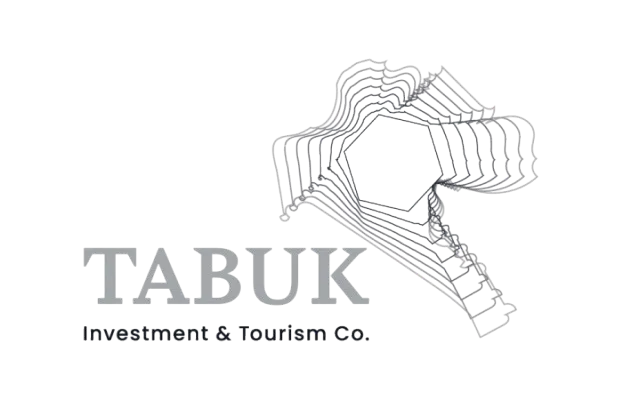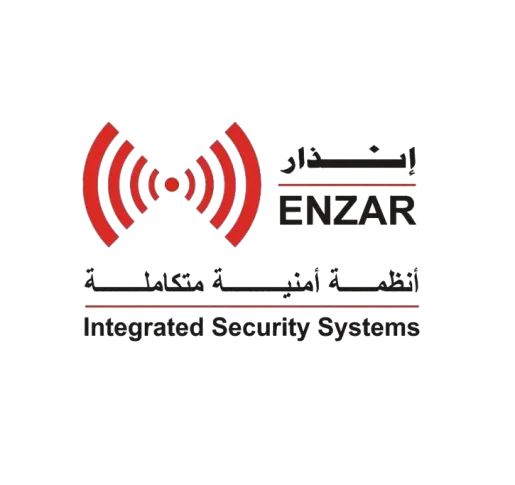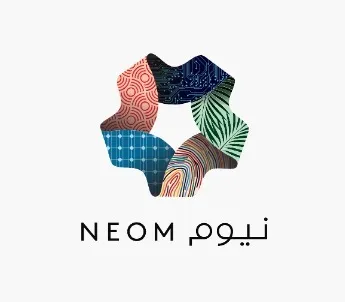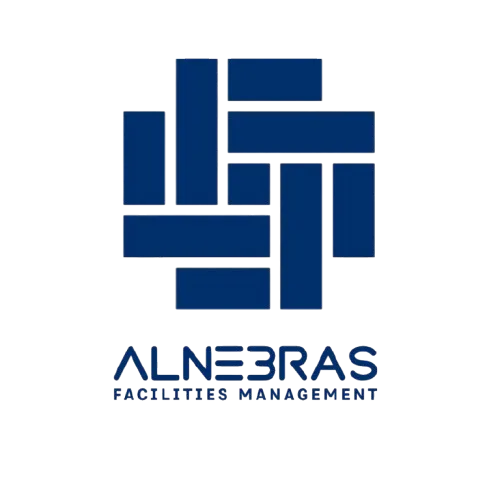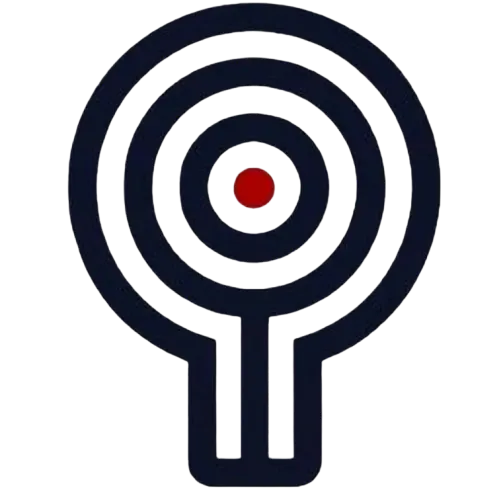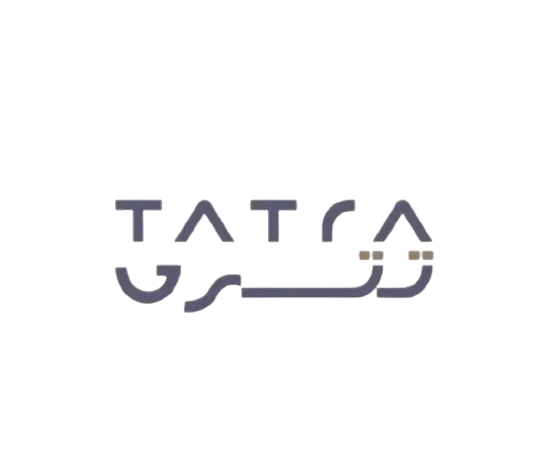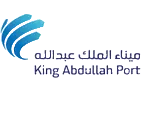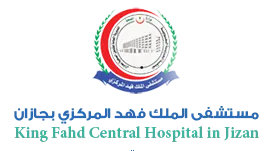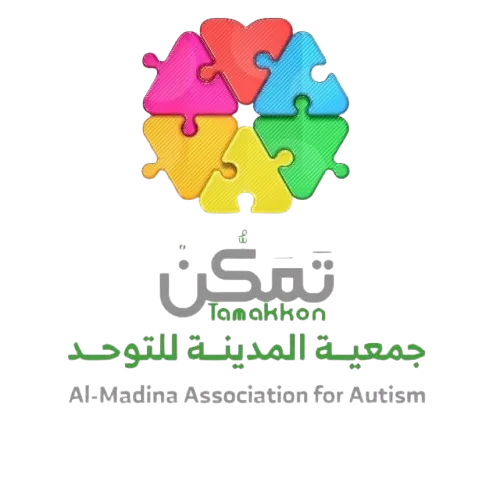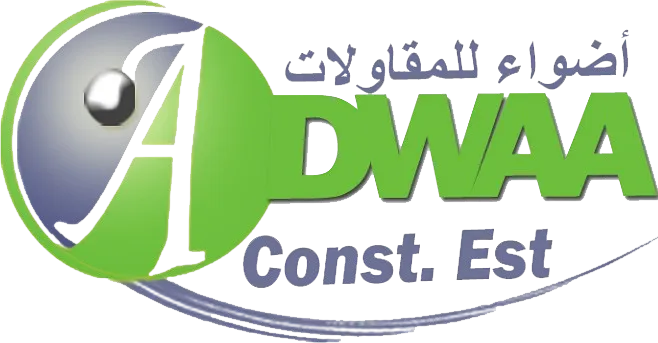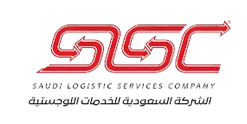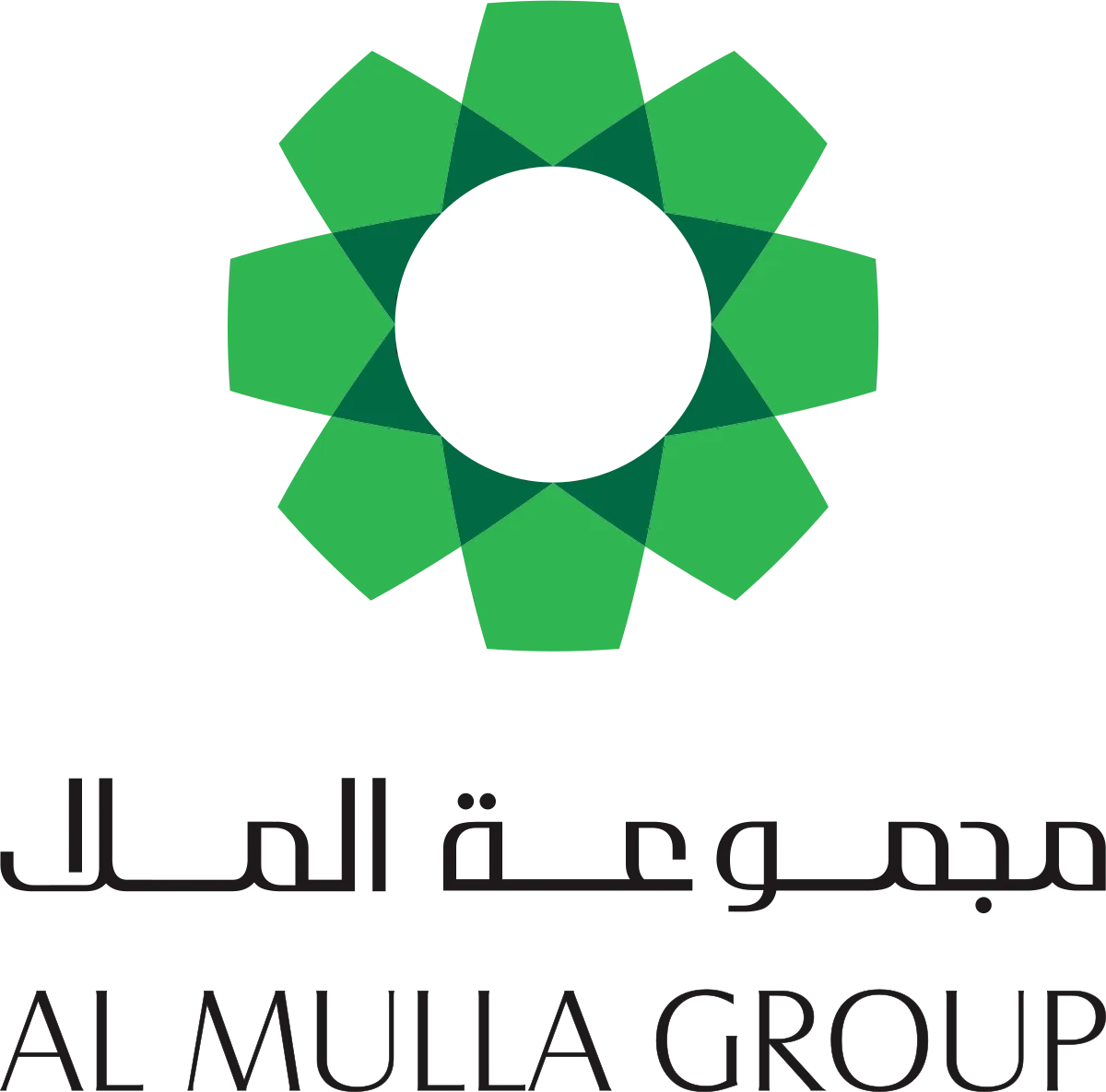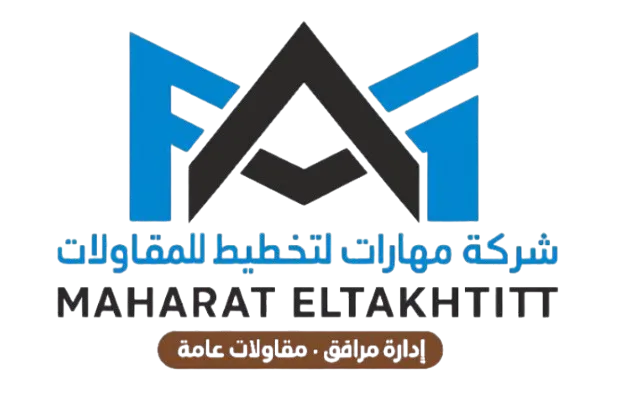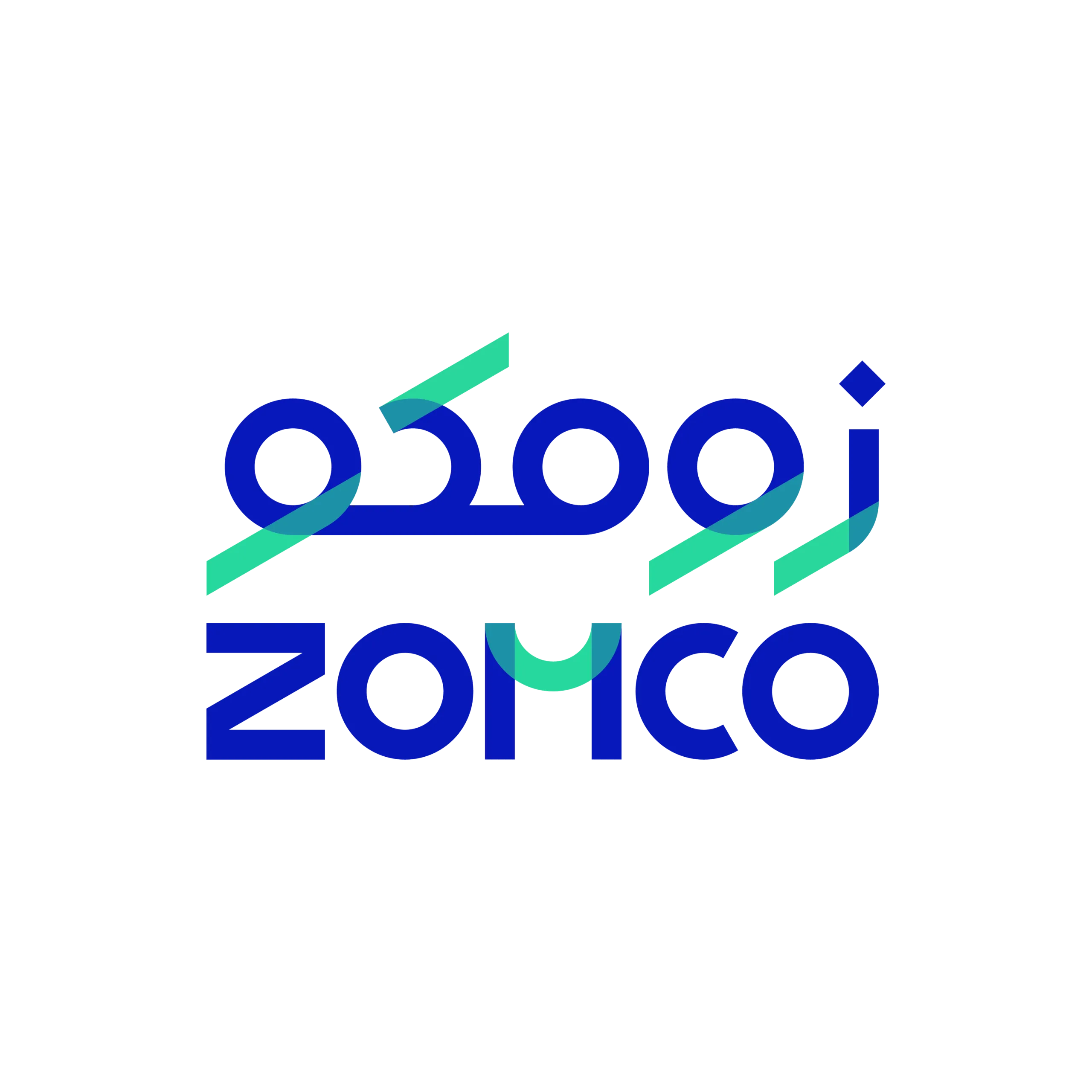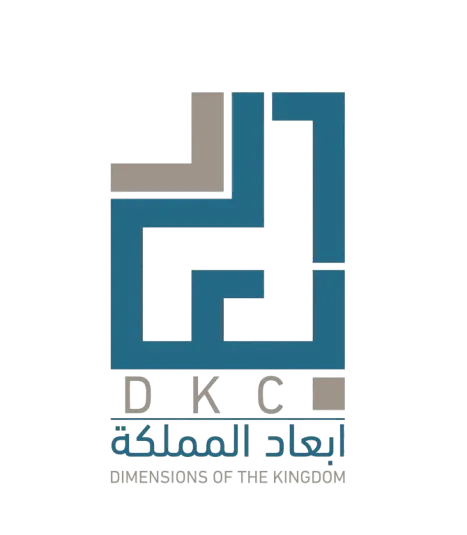Articles

In the hospitality industry, guest experience is the ultimate priority. A well-maintained and efficiently managed hotel ensures that guests enjoy a seamless and comfortable stay, leading to positive reviews, repeat bookings, and enhanced reputation. Behind this exceptional experience lies hotel facilities management, a crucial aspect of hospitality operations that ensures smooth functioning, optimal safety, and an appealing environment.
In this article, we will explore the importance of hotel facilities management, its key components, the role of technology in optimizing operations, and best practices for maintaining hotel infrastructure efficiently.
What is Hotel Facilities Management?
Hotel facilities management refers to the comprehensive management of all physical assets, infrastructure, and services within a hotel property. It involves ensuring that all building systems, from HVAC and plumbing to housekeeping and security, are well-maintained and functioning optimally.
Goals of Hotel Facilities Management
Enhance the guest experience by maintaining a clean, safe, and comfortable environment.
Ensure operational efficiency through streamlined maintenance and resource utilization.
Minimize downtime by proactively addressing maintenance issues.
Optimize asset lifespan through scheduled preventive maintenance.
Ensure regulatory compliance with health, safety, and environmental standards.
Key Components of Hotel Facilities Management
1. Housekeeping Management
Housekeeping is fundamental to maintaining cleanliness and hygiene standards in a hotel. Efficient housekeeping ensures that rooms, common areas, and amenities remain spotless and well-stocked. Hotel facilities management software helps in scheduling, cleaning, tracking inventory, and managing staff assignments.
2. Hotel Maintenance Management
A well-maintained hotel prevents unexpected breakdowns and ensures guest comfort. Hotel maintenance management software enables:
Preventive maintenance scheduling to reduce unexpected equipment failures.
Centralized work order management to track tasks efficiently.
Quick response to repair requests to maintain guest satisfaction.
3. Safety and Security
Hotels must adhere to safety regulations to protect guests and staff. This includes fire safety measures, emergency evacuation planning, and security surveillance. Hotel maintenance software can help schedule regular safety audits and compliance checks.
4. Space and Asset Management
Hotels operate multiple facilities, including conference rooms, spas, restaurants, and recreational areas. Optimizing these spaces for efficient use and ensuring all assets are maintained enhances operational efficiency. Hotel facilities management software provides real-time asset tracking and space utilization data.
How CAFM IMS Can Improve Hotel Operations
A Computer-Aided Facilities Management (CAFM) system, like CAFM IMS, revolutionizes hotel management by integrating all facilities management functions into a centralized platform. Here’s how it benefits hotel operations:
1. Streamlining Maintenance Processes
With hotel maintenance management software, hotels can automate preventive maintenance, ensuring that assets are serviced regularly, reducing the risk of sudden breakdowns.
2. Centralized Work Order Management
A hotel facilities management software provides a digital dashboard where staff can log maintenance requests, track progress, and receive real-time updates, reducing delays and miscommunications.
3. Improved Asset Management
Hotels own a variety of assets, from kitchen equipment to HVAC systems. CAFM IMS helps track asset performance, schedule servicing, and extend asset lifespans.
4. Enhanced Team Coordination
From housekeeping to engineering, multiple teams work together in a hotel. A hotel maintenance software solution improves communication, assigns tasks efficiently, and ensures accountability.
Best Practices for Hotel Maintenance
1. Implement Preventive Maintenance
Instead of waiting for issues to arise, hotels should adopt preventive maintenance strategies. Hotel maintenance management software can automate reminders and scheduling, reducing unexpected failures.
2. Prioritize Energy Efficiency
Hotels consume significant amounts of energy. Regular HVAC system inspections, use of energy-efficient lighting, and water conservation measures can reduce operational costs.
3. Conduct Regular Safety Audits
Compliance with fire safety, electrical inspections, and emergency preparedness is essential. Scheduling routine safety checks through hotel facilities management software ensures regulatory adherence.
4. Leverage Smart Technology
The use of IoT-enabled sensors in guest rooms for temperature control, automated lighting, and real-time maintenance alerts can significantly improve efficiency and sustainability.
5. Train Staff Regularly
Keeping hotel maintenance and housekeeping teams well-trained on new technologies, safety protocols, and emergency procedures ensures operational excellence.
Frequently Asked Questions (FAQs)
1. What is the difference between hotel maintenance software and hotel facilities management software?
Hotel maintenance software focuses primarily on managing repair requests, scheduling preventive maintenance, and tracking asset health. In contrast, hotel facilities management software covers a broader scope, including space utilization, housekeeping, security, and compliance tracking.
2. How does hotel maintenance management software reduce operational costs?
By automating maintenance schedules, reducing asset downtime, and preventing costly emergency repairs, a hotel maintenance management software solution can cut down expenses significantly.
3. Why should hotels invest in CAFM IMS?
CAFM IMS provides a centralized platform to manage all hotel facilities, from housekeeping to maintenance, improving efficiency, enhancing guest experience, and ensuring compliance with regulations.
4. Can a hotel facilities management software integrate with other hotel management systems?
Yes! Modern hotel facilities management software integrates seamlessly with PMS (Property Management Systems), HR systems, and financial tools to create a unified operational workflow.
Conclusion
A well-organized hotel facilities management system is essential for delivering exceptional guest experiences. By leveraging hotel maintenance software, hotels can ensure seamless operations, reduce maintenance costs, and improve staff coordination. Investing in CAFM IMS can be a game-changer, enhancing efficiency and elevating guest satisfaction.
Are you ready to optimize your hotel facilities management? Contact Us and discover how our hotel facilities management software can transform your hotel operations.
Read More
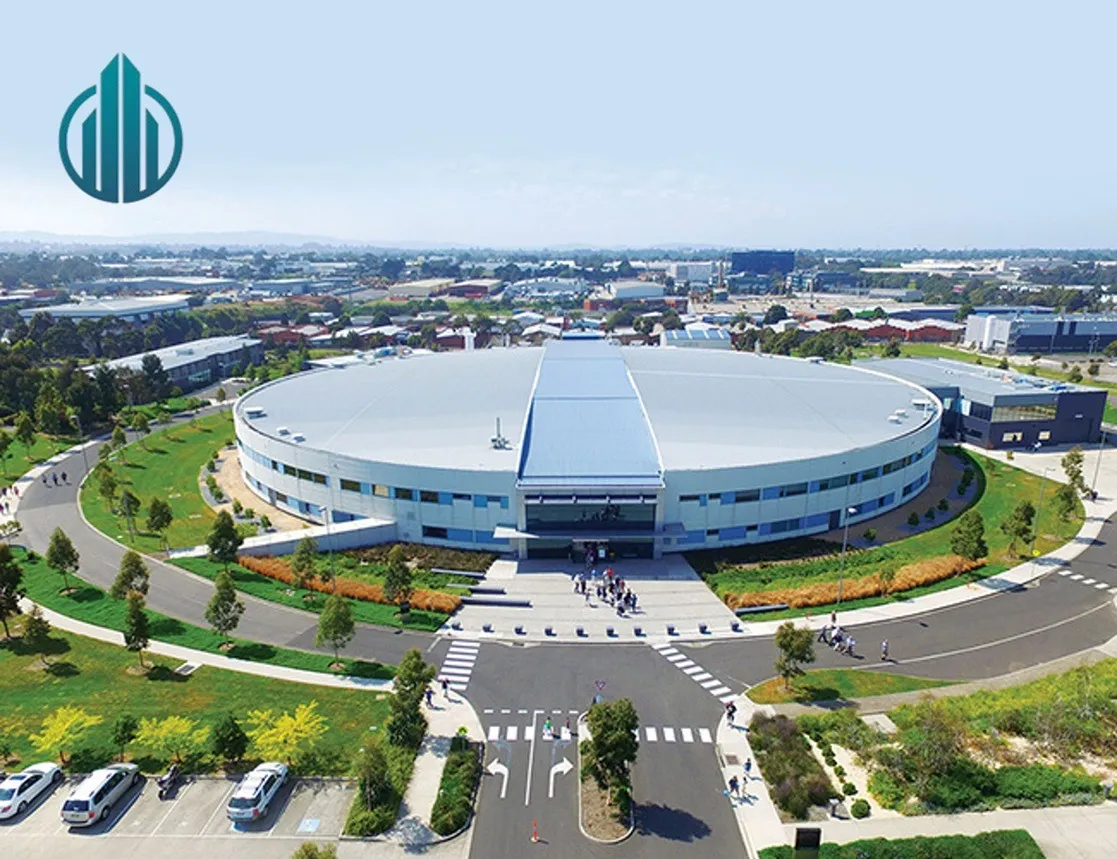
Managing government facilities is a complex and multifaceted task that requires precision, regulatory compliance, and efficient resource allocation. Unlike private-sector facilities, facilities management in government must balance cost efficiency, security, and public accessibility while adhering to stringent regulatory frameworks.
Government facilities management is critical to ensuring smooth operations, sustainability, and public safety across various government-owned properties, from administrative buildings to public parks, transportation hubs, and correctional facilities.
This comprehensive guide will delve into the essential aspects of government facilities management, including its key challenges, best practices, and the role of modern solutions in streamlining operations.
What is Government Facilities Management?
Government Facilities Management refers to the oversight, maintenance, and optimization of buildings and infrastructure owned by the government. This includes federal, state, and covering everything from administrative offices to healthcare centers, courthouses, and military bases.
Key Challenges in Government Facilities Management
Aging Infrastructure
Many government buildings are decades old, requiring frequent upgrades. CAFM IMS helps prioritize maintenance tasks and track renovation timelines.
Regulatory Compliance
Adherence to ADA, OSHA, and environmental laws is non-negotiable. Automated compliance tracking in CAFM IMS ensures no detail is overlooked.
Budget Constraints
Public sector budgets are tight. Predictive maintenance and reports analytics in CAFM IMS reduce emergency repair costs by up to 30%.
Security Concerns
Protecting sensitive data and assets is critical. CAFM IMS integrates with biometric access systems and real-time surveillance for enhanced security.
Public Accessibility
Ensuring ADA compliance is streamlined through digital checklists and audit features in CAFM IMS.
Emergency Preparedness
CAFM IMS enables scenario planning and real-time resource allocation during crises.
Key Aspects of Government Facilities Management
Security and Access Control
Security is a top priority for government facilities. Effective access control measures, surveillance systems, and personnel training are essential to safeguarding sensitive areas. Modern security technologies, such as biometric access and AI-powered surveillance, enhance safety and prevent unauthorized access.
Regulatory Compliance and Sustainability
Facilities must comply with building codes, fire safety regulations, environmental laws, and accessibility standards. Sustainable building practices, including energy-efficient lighting, water conservation, and waste management programs, help governments meet green initiatives and reduce operational costs.
Environmental Impact and Energy Efficiency
Governments are increasingly adopting green building practices to minimize environmental impact. Facilities management in government focuses on energy-efficient HVAC systems, solar power integration, smart lighting systems, and sustainable waste disposal methods to reduce carbon footprints and operational costs.
Public Access and Safety
Government facilities must be accessible and safe for the general public. This includes implementing safety measures such as proper lighting, surveillance cameras, emergency exits, and designated spaces for people with disabilities. Routine inspections and risk assessments ensure compliance with safety standards.
Maintenance and Asset Management
Regular maintenance is crucial for extending the lifespan of government assets. Preventive maintenance schedules, automated work order management, and local government facilities management software help track and streamline maintenance activities efficiently.
Why is a Modern Solution Important?
The use of modern government facilities management software has revolutionized how governments maintain and operate their infrastructure. Implementing a digital solution offers numerous advantages:
Streamline Complex Operations
Modern local government facilities management software consolidates maintenance requests, work orders, asset tracking, and space utilization into a single, easy-to-use platform. This reduces paperwork, enhances efficiency, and optimizes workflows.
Improve Data Tracking and Management
Government agencies deal with vast amounts of data. A centralized facilities management system ensures accurate tracking of building maintenance histories, compliance records, and resource allocation. This helps in making informed decisions and optimizing facility performance.
Better Team Communication and Collaboration
With multiple teams managing different aspects of government facilities, effective communication is essential. Digital solutions allow for real-time collaboration, task assignments, and progress tracking, ensuring that all stakeholders are informed and aligned.
Cost Reduction and Resource Optimization
By leveraging predictive maintenance, automated scheduling, and AI-driven analytics, modern facilities management software minimizes downtime, reduces emergency repair costs, and optimizes resource allocation, leading to significant cost savings.
Best Practices in Government Facilities Management
Implement Preventive Maintenance Strategies
Regular maintenance prevents costly breakdowns and extends the lifespan of government assets. Predictive maintenance technologies, IoT sensors, and automated alerts ensure timely repairs and replacements.
Focus on Sustainability and Green Initiatives
Government facilities should prioritize eco-friendly designs, energy-efficient appliances, and waste reduction programs. Sustainable practices not only reduce environmental impact but also lower long-term operational expenses.
Leverage Data-Driven Decision Making
Utilizing analytics and reporting tools helps governments optimize space usage, forecast maintenance needs, and improve overall facility performance. Data-driven insights contribute to more efficient budget planning and resource allocation.
Prioritize Cybersecurity in Facility Management Systems
With the increasing use of digital solutions, cybersecurity measures must be in place to protect sensitive data and prevent cyber threats. Encryption, multi-factor authentication, and regular security audits are essential for safeguarding digital assets.
Train Facility Management Teams Regularly
Continuous training ensures that facility management personnel stay updated with industry best practices, new technologies, and compliance requirements. Investing in workforce development leads to improved efficiency and service quality.
Conclusions
Government facilities management plays a crucial role in maintaining secure, efficient, and accessible public buildings. Challenges such as aging infrastructure, regulatory compliance, and budget constraints require strategic planning and modern solutions. Implementing local government facilities management software enhances operations, improves data tracking, and reduces costs. Best practices include preventive maintenance, sustainability initiatives, data-driven decision-making, cybersecurity measures, and ongoing staff training.
Ready to revolutionize your government facility operations? Contact us today to schedule a demo of CAFM IMS and discover how our platform can save you time, money, and resources.
Read More
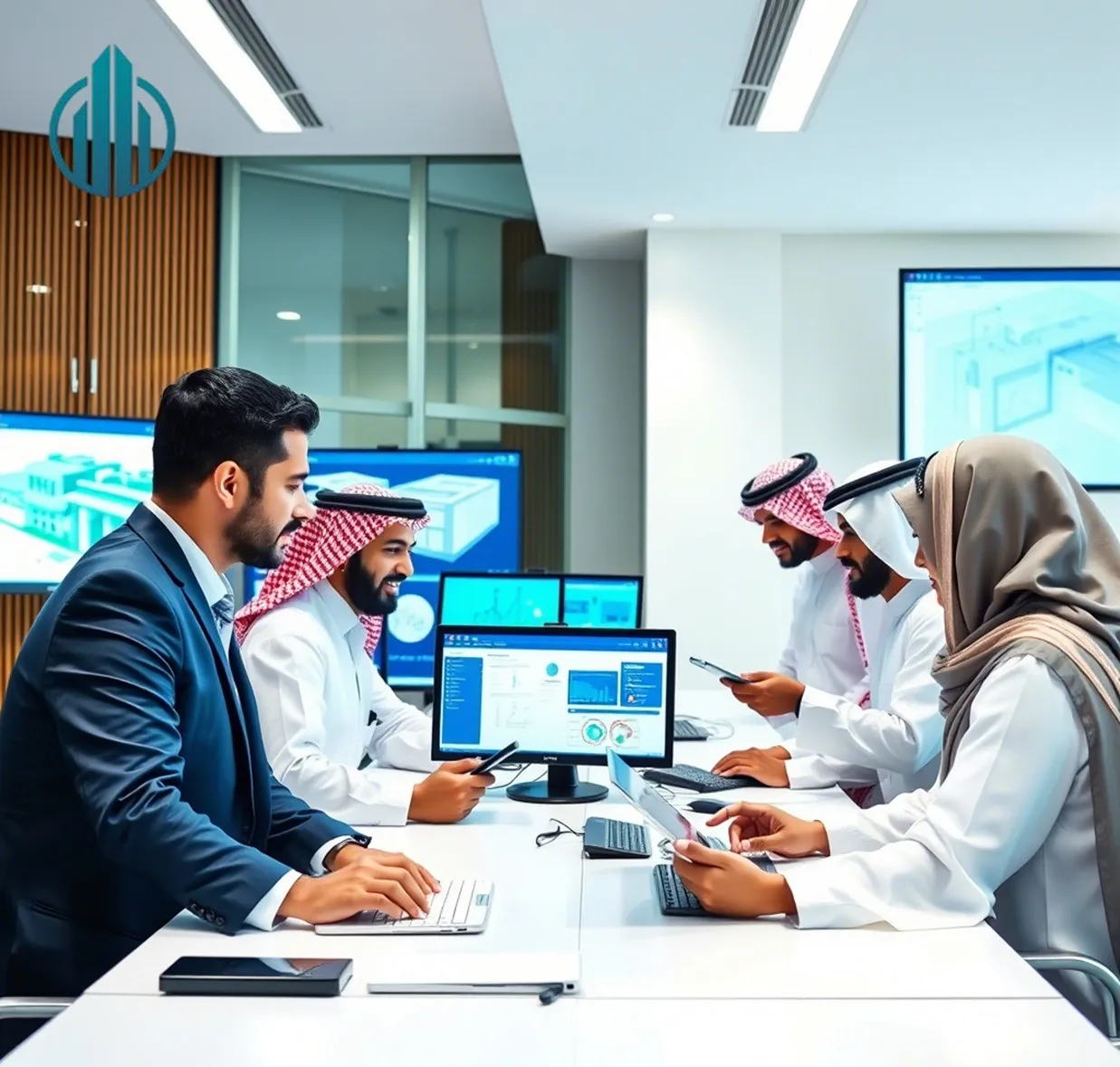
In an educational setting, the importance of well-maintained facilities cannot be overstated. They serve as the foundation for effective teaching and learning, creating an environment where students can thrive. Proper facility management for schools ensures that these environments are safe, functional, and conducive to education.
What is School Facilities Management?
School facilities management involves the comprehensive oversight of all school-owned facilities and assets. This includes managing the physical infrastructure—such as classrooms, libraries, and sports facilities—as well as ensuring that these spaces meet safety standards and are equipped for educational activities. Schools increasingly rely on an education facilities management system to streamline these processes and improve efficiency.
Needs and Challenges
The challenges faced in facility management for schools are numerous. Schools must contend with aging infrastructure, budget constraints, and the need for compliance with safety regulations. Additionally, effective resource management is crucial, as a significant portion of a district’s budget is allocated to maintaining these facilities. Implementing an education facilities management system can help address these challenges by automating processes and improving resource allocation.
Definition
School Facilities Management is defined as the practice of managing and maintaining all aspects of school buildings and grounds to create a safe, efficient, and functional space for learning. It involves tasks such as maintenance, repairs, space allocation, and ensuring compliance with health and safety regulations.
Main Components
The main components of a school facility include:
Classrooms: Spaces designed for teaching and learning.
Common Areas: Includes hallways, cafeterias, and libraries that support student interaction.
Sports Facilities: Gyms and fields that promote physical education.
Administrative Offices: Areas where staff manage school operations.
Key Aspects of School Facility Management
Effective facility management for schools requires attention to several key areas:
Safety and Security: Ensuring that all facilities are secure from potential threats and hazards is paramount.
Maintenance: Regular upkeep of buildings and equipment prevents deterioration and ensures a safe environment.
Space Management and Allocation: Efficiently utilizing available space to meet the needs of students and staff is essential for maximizing resources.
Cleanliness: Maintaining clean facilities promotes health and enhances the learning environment.
Accessibility: Ensuring that all areas are accessible to students with disabilities is not only a legal requirement but also promotes inclusivity.
How CAFM IMS Helps Improve Schools
Implementing a Computer-Aided Facilities Management (CAFM IMS) solution can significantly enhance education facilities management systems by providing tools that streamline operations. Here are some benefits:
Automated Processes: CAFM systems automate routine tasks such as work order generation and maintenance scheduling, freeing up staff time for other responsibilities.
Cost Reduction: By optimizing resource allocation and reducing downtime through preventive maintenance, schools can lower operational costs.
Improved Planning: Data-driven insights from CAFM systems help facility managers make informed decisions regarding resource allocation and future investments.
Better Data Management: Centralized data storage allows for easy access to information about assets, maintenance schedules, and compliance records.
Best Practices for School Facility Management
To improve their facility management for schools, administrators should consider the following best practices:
Invest in an Education Facilities Management System: Utilizing advanced software solutions can streamline processes and improve efficiency.
Regular Training: Ensure that staff are trained on best practices in facility management to maintain high standards.
Conduct Regular Audits: Periodic assessments of facilities help identify areas needing improvement or maintenance.
Engage Stakeholders: Involve teachers, students, and parents in discussions about facility needs to ensure their perspectives are considered.
Establish Clear Protocols: Develop clear procedures for reporting maintenance issues to ensure timely responses.
Conclusion
Effective facility management for schools is crucial for creating an optimal learning environment. By addressing safety, maintenance, cleanliness, accessibility, and utilizing technology like an education facilities management system, schools can enhance their operational efficiency.
For schools looking to improve their facilities management processes, exploring dedicated software solutions can provide significant benefits.
Request Online Demo
Ready to enhance your school's facility management for schools? Check out our CAFM IMS facilities management system today!
Read More
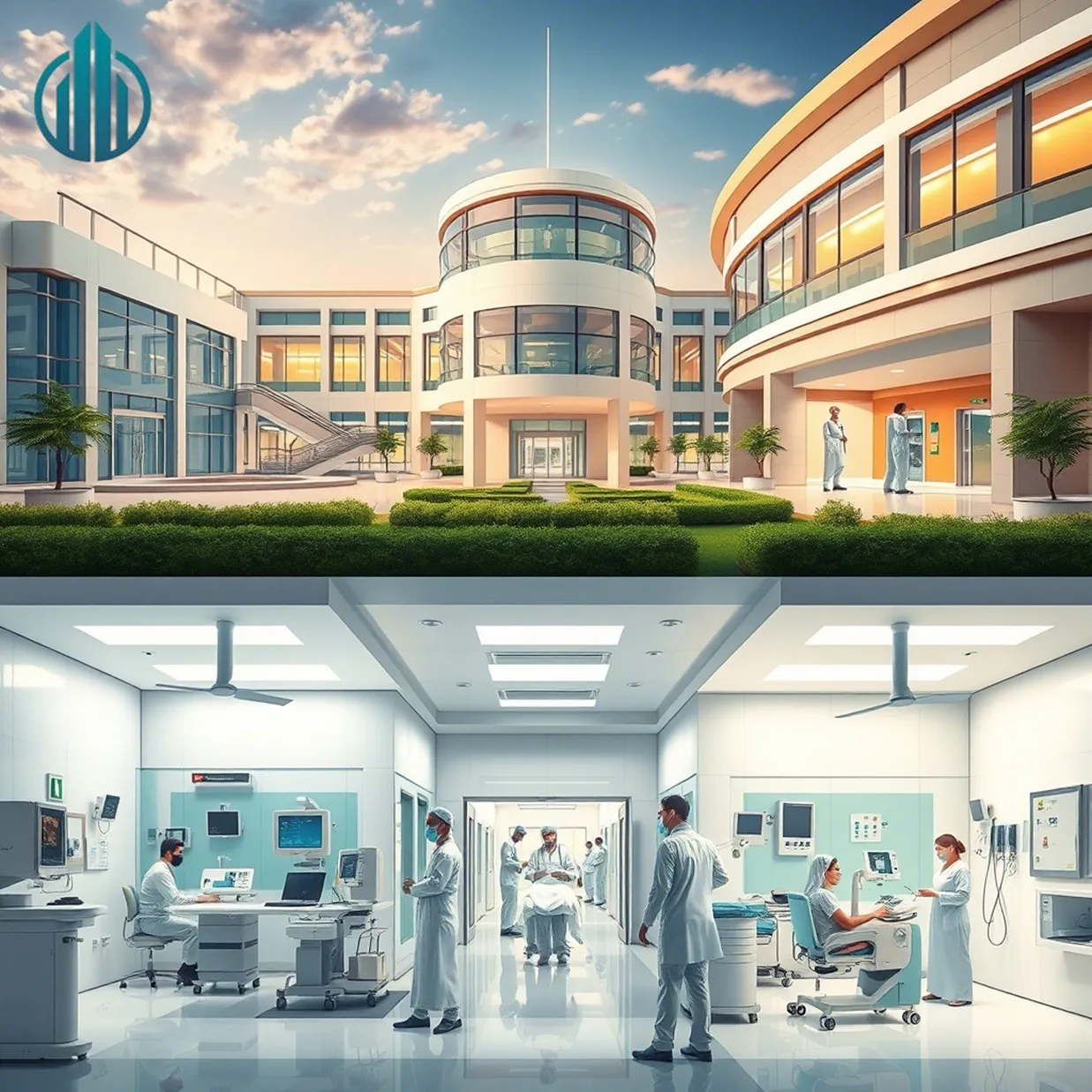
Healthcare facilities present unique challenges and needs due to their critical role in patient care, strict regulatory requirements, and the complex interplay of various systems and equipment. Understanding these specific needs is crucial for effective healthcare facilities management.
This blog post will focus on the essential aspects of healthcare facilities management, providing insights into how to optimize operations, ensure patient safety, and maintain compliance.
What is Healthcare Facilities Management?
Facility management in healthcare sector (HCFM) involves overseeing the operation, maintenance, and safety of healthcare facilities to ensure they provide a safe and efficient environment for patients, staff, and visitors. Managing a healthcare facility involves a wide variety of tasks that protect both people and property while simultaneously providing a welcoming environment for visitors.
The specific goals and priorities within a healthcare setting include:
Patient Safety: Ensuring a safe environment for patients is paramount.
Operational Efficiency: Maintaining smooth operations so healthcare teams can focus on patient care.
Regulatory Compliance: Adhering to stringent healthcare regulations and standards.
Hospital Facilities Management: Overseeing all aspects of hospital infrastructure, including utilities, space allocation, and support services to ensure seamless operation.
Key Aspects of Healthcare Facility Management
Effective healthcare facility management requires careful attention to several key areas:
Patient Safety: This is the highest priority, involving measures to prevent infections, accidents, and other hazards.
Hygiene: Maintaining a sanitary environment to minimize the spread of infections is crucial. Most crews will perform the initial cleaning of communal areas using wet mops or cloths and sprays or solutions that kill bacteria and other germs on hard surfaces, like floors or countertops.
Compliance with Regulations: Healthcare facilities must adhere to numerous regulations and standards, including those related to safety, waste disposal, and environmental control.
Proper Resource Allocation: Efficiently managing resources to ensure optimal facility operations within budget constraints.
Hospital Facility Maintenance: Regular upkeep and maintenance of hospital equipment and infrastructure to ensure reliability and prevent unexpected failures. Preventative maintenance is an essential part of proper asset management practices; by catching issues before they become problems, you can save money and avoid disruptions in service.
Using CAFM IMS to Improve Healthcare Operations
Computer-Aided Facilities Management (CAFM) systems can significantly enhance healthcare operations by streamlining various processes:
Hospital Asset Management Software: CAFM IMS system helps track and manage hospital assets, including medical equipment, ensuring it is properly maintained, calibrated, and available when needed.
Inventory Management in Healthcare: Managing inventory levels of supplies and medications to prevent shortages and reduce waste.
Hospital Maintenance Management: CAFM IMS software assists in tracking maintenance requests, repairs, and preventive maintenance schedules to ensure smooth operations.
Healthcare Maintenance Software: Dedicated software solutions help facility managers monitor compliance requirements, track maintenance schedules, and optimize resource allocation.
Tracking Specific Compliance Requirements: CAFM systems can help ensure compliance with healthcare regulations by tracking inspections, certifications, and other relevant data.
Best Practices for Healthcare Facility Management
To achieve excellence in healthcare facility management, consider these best practices:
Develop a Comprehensive Maintenance Plan: Implement a preventive maintenance program to keep equipment and infrastructure in optimal condition.
Ensure Regulatory Compliance: Stay informed about current regulations and implement procedures to ensure compliance.
Prioritize Patient Safety: Implement protocols to minimize risks and create a safe environment for patients.
Invest in Staff Training: Provide ongoing training to facility management staff to keep them updated on best practices and new technologies.
Utilize CAFM Software: Implement a CAFM system to streamline operations, improve data management, and enhance decision-making.
Key Takeaways
Effective healthcare facilities management is essential for providing high-quality patient care and maintaining a safe environment. By focusing on patient safety, regulatory compliance, and efficient operations, healthcare facilities can optimize their performance.
For healthcare facilities seeking to improve their management processes, dedicated CAFM solutions can provide significant benefits, particularly in hospital maintenance management.
Ready to elevate your healthcare facility management? Try our CAFM IMS today to discover how our CAFM IMS transform your operations!
Read More
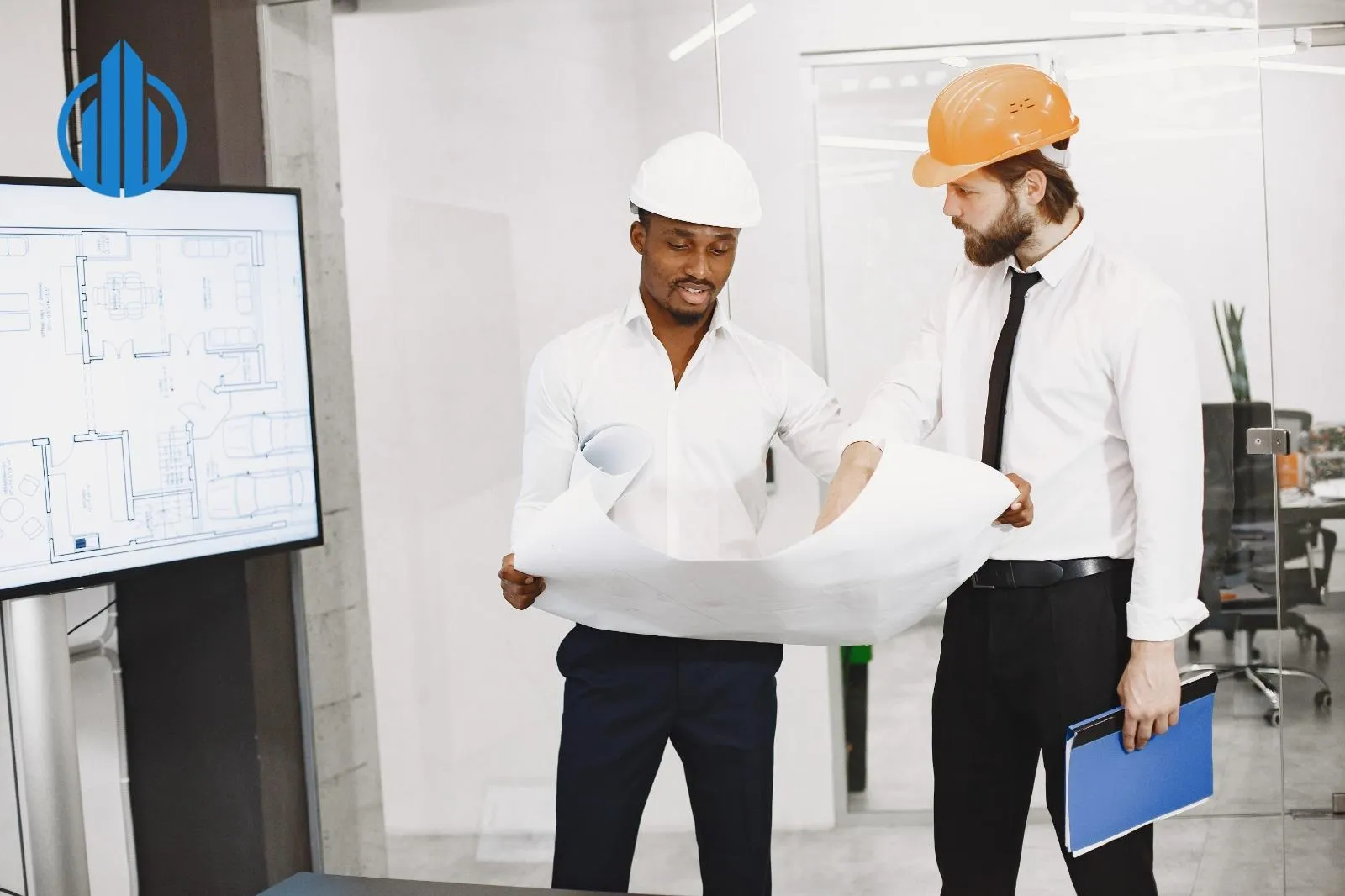
Modern facilities are highly complex, requiring effective management to ensure efficient operations and maximize their potential. This is where Integrated Facility Management (IFM) comes into play as a comprehensive solution that consolidates various facility management functions into a unified system. In this article, we will explore what integrated facility management is and how it can enhance overall facility performance.
Understanding Integrated Facility Management
Integrated Facility Management (IFM) is an administrative approach that integrates all facility services under a single platform, streamlining operations and maintenance while improving efficiency and reducing costs.
Unlike traditional facility management, integrated facility management services focus on a unified strategy rather than handling each service separately, fostering better coordination and synergy across all operations.
What is Integrated Facility Management Services?
To answer the question what is integrated facility services, it is essential to understand the key services included in IFM:
1. Space Management
Efficient space management optimizes the utilization of available spaces within a facility to meet operational needs. This includes:
Designing flexible work environments that boost productivity.
Enhancing space allocation based on real-time usage analysis.
Implementing smart technologies to monitor space utilization and adjust layouts accordingly.
2. Maintenance Management
Maintenance is crucial to ensuring the sustainability of facilities and minimizing operational costs. It includes:
Preventive Maintenance: Scheduling routine maintenance to prevent breakdowns and reduce unplanned downtime costs.
Predictive Maintenance: Using data analytics to identify potential failures before they occur.
Corrective Maintenance: Swiftly addressing issues to ensure operational continuity.
3. Asset Management
Asset management focuses on optimizing the performance of equipment and infrastructure while minimizing replacement and maintenance costs. This includes:
Tracking the entire lifecycle of assets from procurement to disposal.
Recording performance and maintenance data to ensure sustainability.
Utilizing advanced asset management systems to analyze data and make informed decisions.
4. Energy Management
Energy management aims to optimize energy consumption and reduce the carbon footprint by:
Implementing energy-efficient solutions such as smart lighting and HVAC systems.
Developing strategies to leverage renewable energy sources.
Monitoring and analyzing energy consumption using IoT and smart analytics.
5. Security Management
Ensuring a safe environment for employees and visitors through:
Deploying surveillance and access control systems.
Implementing emergency response plans to mitigate security risks.
Leveraging technologies such as facial recognition and AI-powered security solutions.
6. Data Management
Data plays a crucial role in enhancing facility management operations and includes:
Collecting and analyzing operational data to gain valuable insights.
Utilizing AI and machine learning to improve decision-making efficiency.
Automating processes to save staff time and enhance productivity.
Implementing Integrated Facility Management in Your Facility
Identifying Needs: Determine the challenges your facility faces and set clear objectives for implementing integrated facility management.
Understanding Objectives: Develop a structured plan that defines the expected outcomes of IFM implementation and ensures effective execution.
Creating a Clear Workflow: Establish standardized operating procedures to streamline all processes and maximize efficiency.
Benefits of Integrated Facility Management
Enhanced Operational Efficiency: By integrating all facility management components into a single system, organizations can optimize performance and reduce complexities.
Cost Reduction: Consolidating various services minimizes waste and maximizes return on investment.
Better Resource Allocation: Ensuring smart resource distribution enhances productivity and efficiency across all operations.
Key Takeaways
Integrated facility management is a comprehensive approach that enhances facility efficiency.
It includes key elements such as space management, maintenance, asset management, energy management, security, and data management.
Implementing integrated facility services requires identifying needs, understanding objectives, and establishing a clear workflow.
The benefits of integrated facility management include improved operational efficiency, cost reduction, and optimized resource utilization.
Understanding what integrated facility management services drives the need for better facility management solutions. CAFM IMS offers the tools necessary to implement integrated facility management services efficiently. Contact us today to learn more about our smart facility management solutions.
Request a CAFM demo, We guarantee an experience that exceeds expectations and meets your requirements.
Read More

Many companies face significant challenges in facility management, such as reducing operational costs, improving efficiency, and ensuring a safe and sustainable work environment. This is where facility management plays a vital role in the success of any organization by enhancing overall performance and ensuring efficient operation of assets and buildings.
In this article, we will explain what is facility management, its key functions, types, and importance in achieving strategic organizational goals.
Defining Facility Management
What is the facility?
The term “facility” refers to all physical assets that require effective management, such as buildings, heating and cooling systems, offices, warehouses, and other operational spaces.
What is Facility Management?
Facility management is a discipline aimed at ensuring the operation and maintenance of buildings and infrastructure to support the core activities of an organization. This management includes everything related to planning, operation, maintenance, and improvement of the physical environments where people work.
The Goal of Facility Management
The primary goal of facility management is to enhance operational efficiency, reduce costs, and improve safety and sustainability. By implementing advanced management strategies, organizations can maximize their asset utilization and provide an optimal work environment.
Key Functions of Facility Management
1. Space Management
Organizing the use of office and commercial spaces for operational efficiency.
Optimizing space utilization to support productivity and comfort.
Implementing flexible solutions to adapt to organizational changes.
2. Maintenance and Asset Management
Scheduling preventive and routine maintenance to avoid unexpected failures.
Utilizing facility management software (CAFM) to monitor equipment performance.
Extending asset lifespan through effective maintenance practices.
3. Security and Safety
Implementing security standards to protect assets and employees.
Ensuring a safe work environment in compliance with legal regulations.
Monitoring fire protection and emergency systems for readiness.
4. Daily Operations Management
Supervising cleaning services, waste management, and general facility services.
Enhancing the overall quality of work-life within the organization.
Coordinating between departments to ensure smooth workflow.
5. Sustainability and Energy Efficiency
Implementing strategies to reduce energy and water consumption.
Using modern technologies to improve resource efficiency.
Achieving environmental sustainability through eco-friendly practices.
Types of Facility Management
1. Strategic Facility Management
Focuses on long-term planning and performance analysis to improve sustainability and efficiency.
2. Operational Facility Management
Deals with the daily operations such as maintenance, security, and cleaning to ensure smooth functioning.
3. In-House Facility Management
Executed internally by specialized teams working directly under the organization’s supervision.
4. Outsourced Facility Management
Contracting external companies to manage facilities, reducing costs and improving service quality.
Importance of Facility Management
1. Reducing Operational Costs
Through preventive maintenance and efficient space management, organizations can cut unnecessary expenses.
2. Improving Operational Efficiency
Facility management helps streamline operational processes, leading to increased productivity.
3. Enhancing Workplace Environment
Proper facility management ensures a healthy and safe work environment, positively impacting employee satisfaction and performance.
4. Compliance with Regulations
Facility management helps organizations comply with health, environmental, and safety regulations, reducing legal risks.
5. Supporting Sustainability and Environmental Responsibility
Sustainability goals are achieved by implementing practices that reduce resource consumption and enhance energy efficiency.
Conclusion
Facility management is essential for organizational success, as it contributes to improving operational efficiency, reducing costs, and ensuring a safe and sustainable work environment. Whether facility management is handled in-house or outsourced, having a clear and organized system like CAFM IMS significantly benefits any organization.
If you want to learn more about what is facility management and how to improve facility management services and enhance operational efficiency, schedule a demo now.
Read More



